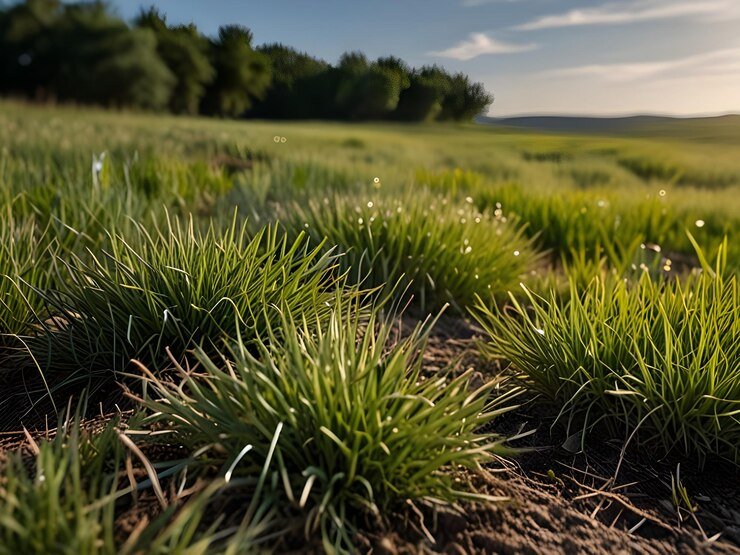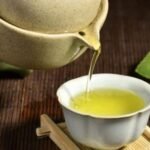Choosing the right grass for your lawn is crucial, especially in a state like Texas, where the climate can be extreme and varied. The right grass type will not only enhance the beauty of your landscape but also ensure that your lawn remains healthy and resilient throughout the year. Here’s how to select the best grass for Texas:
1. Understand the Texas Climate Zones
– Texas has diverse climate zones ranging from humid subtropical in the east to semi-arid in the west. The state experiences hot summers, mild winters, and varying levels of rainfall, which means you need to choose grass that can thrive in your specific region.
2. Consider Drought Tolerance
– Given Texas’s hot summers and potential for drought, it’s important to choose grass that can withstand dry conditions. Drought-tolerant grasses like Buffalo Grass and Bermuda Grass are popular choices because they require less water to stay green and healthy.
3. Assess Sunlight Requirements
– Different grasses have different sunlight needs. For sunny areas, Bermuda Grass and Zoysia Grass are excellent options as they thrive in full sun. If your lawn has shady areas, consider St. Augustine Grass, which is more tolerant of low-light conditions.
4. Evaluate Soil Type
– The soil in Texas varies from sandy to clayey, which can affect how well grass grows. Zoysia Grass and Buffalo Grass are versatile and can adapt to various soil types. Conduct a soil test to determine the pH and nutrient levels, and choose best grass that is compatible with your soil.
5. Consider Maintenance Requirements
– Some grasses require more care than others. Bermuda Grass is hardy and low-maintenance but requires regular mowing. St. Augustine Grass needs more frequent watering and fertilization. Choose a grass type that fits your desired level of maintenance.
6. Factor in Traffic Tolerance
– If your lawn will experience heavy foot traffic, such as kids playing or frequent outdoor activities, opt for a durable grass type. Bermuda Grass and Zoysia Grass are known for their ability to recover quickly from wear and tear.
7. Consider Seasonal Growth Patterns
– Texas experiences both warm and cool seasons, so it’s important to choose grass that matches the growing season of your area. Bermuda Grass, Zoysia Grass, and Buffalo Grass are warm-season grasses that thrive during the hot months, while Ryegrass is a cool-season option that can be overseeded for winter color.
Also, Explores
Stylish Outdoor Living: Integrating Fashion Trends into Your Patio Design
This Is The Favourite Beach Destination Of Celebrities
8. Weigh the Pros and Cons of Different Grass Types
– Bermuda Grass: Heat and drought-tolerant, grows quickly, ideal for sunny areas, but requires frequent mowing.
– St. Augustine Grass: Thrives in shade, has a thick, lush appearance, but needs more water and maintenance.
– Zoysia Grass: Versatile, tolerates a range of soil types, moderate maintenance, but can be slow to establish.
– Buffalo Grass: Extremely drought-tolerant, low maintenance, native to Texas, but may not be as lush as other options.
– Ryegrass: Cool-season grass used for overseeding, provides green color in winter, but not a year-round solution.
9. Consult with Local Experts
– Local nurseries, garden centers, or landscaping professionals can provide valuable insights into which grass types perform best in your specific area of Texas. They can also offer advice on planting, watering, and maintaining your lawn.
10. Consider the Aesthetic Appeal
– Beyond practicality, consider the look and feel of the grass. Some grasses have a finer texture or deeper color, which can enhance the visual appeal of your lawn. Choose a grass type that complements your landscape design.
In conclusion, selecting the right grass for the Texas climate involves considering factors like drought tolerance, sunlight needs, soil type, and maintenance requirements. By choosing a grass that is well-suited to your region’s climate and your lawn’s specific conditions, you can enjoy a healthy, vibrant lawn year-round.















